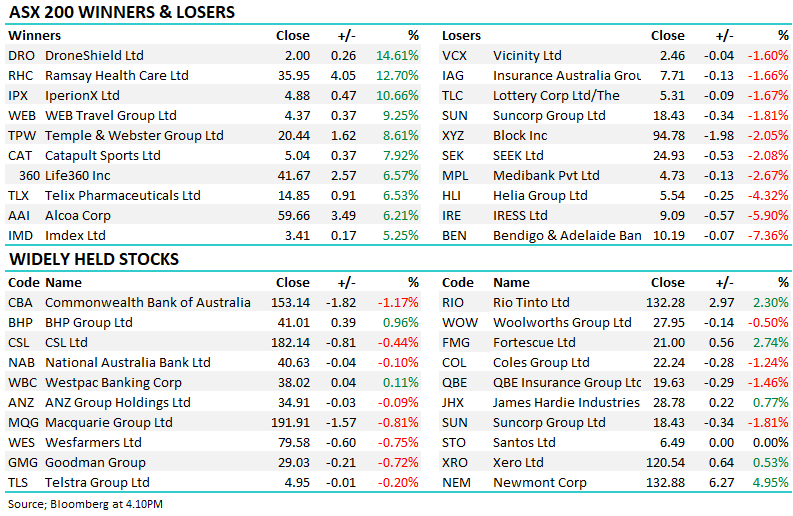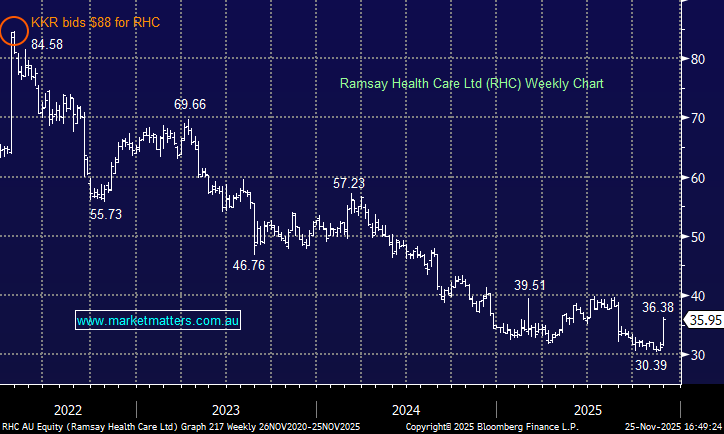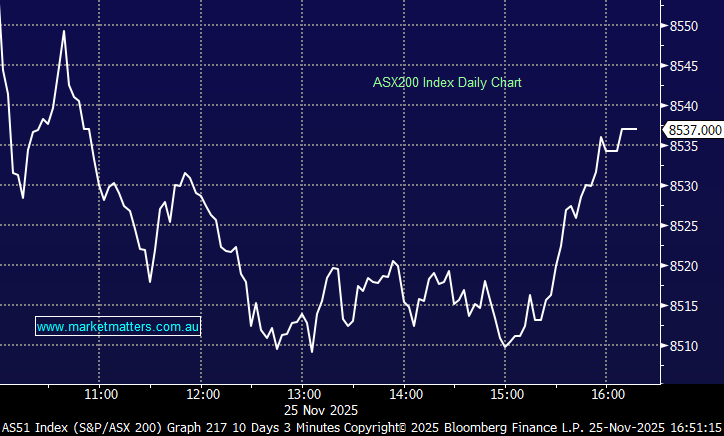More of a comment than a question from subscriber John.
If you wish to go down the path of seeking professional help, the first question I would ask of an adviser is not what to be buying, but what is the strategy when it comes to selling. These are the top 3 questions you need to ask:
- How much are you prepared to let a stock fall until you sell? Go back to my previous point on how difficult it is to recover from a big loss and decide if you are OK with that.
- At what point do you decide to cut a losing position? If the answer is “we don’t sell at a loss”, then run for the hills. Their portfolios must resemble a graveyard of dead businesses. I have seen many of these portfolios. The good ones are sold early and the losers are kept. Even if you get two out of three correct, then for every three stocks you buy, you add one more loser to the list. Eventually, the portfolio is full of losing stocks and you end up with no capital left to buy into new opportunities.
- When do you sell at a profit? Look out for those that take profits at arbitrary numbers, such as 10%, and then compare this to when they take a loss. You can then work out if they are likely to make you money over time. That is, if they are happy to hold steep losses but take profits at smaller amounts, then the maths never adds up.















